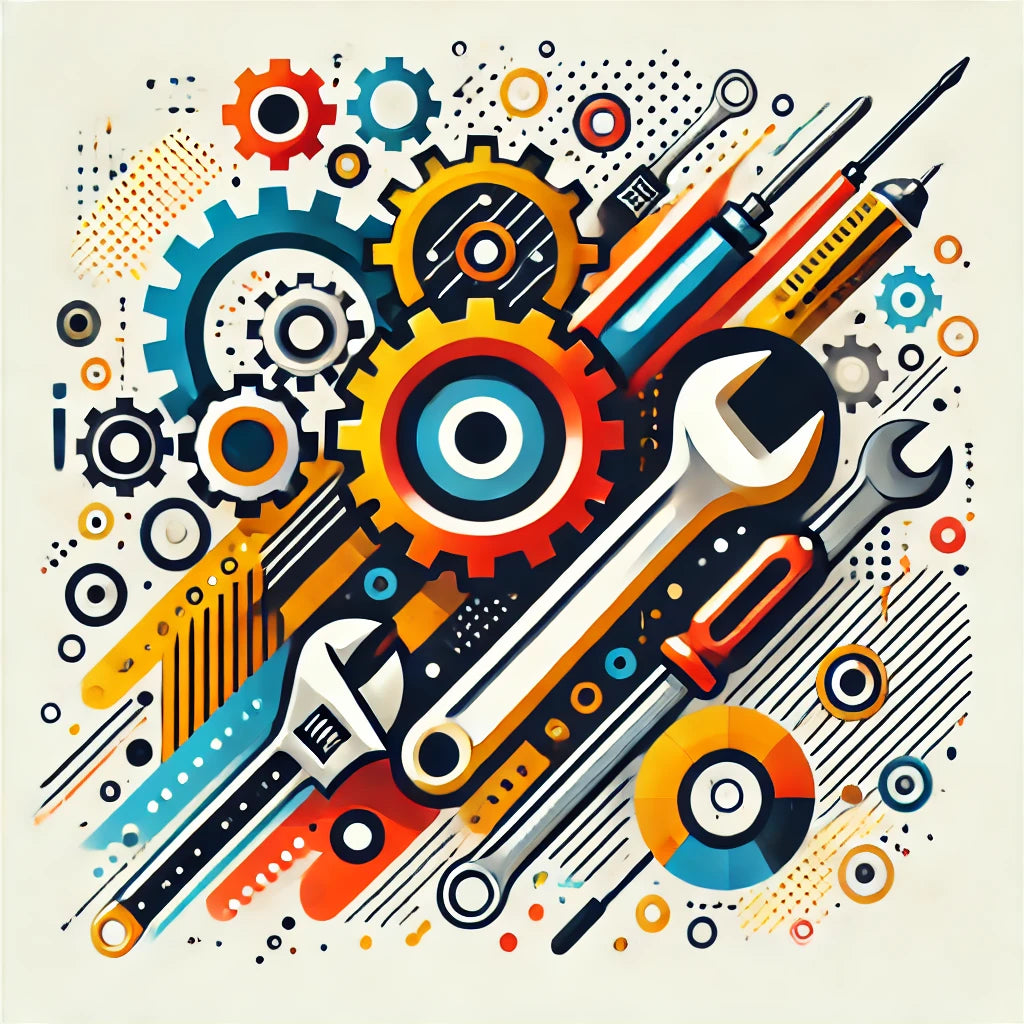Button making is a fun and rewarding process, but like any craft, it can sometimes come with challenges. Understanding common issues that arise with button-making machines can save you time and frustration. Here are some typical problems you might encounter and how to address them to keep your button-making process running smoothly.
1. Misaligned Buttons
One of the most common issues is when the design on the button doesn’t align properly with the edges of the button.
Causes:
- Misalignment can happen if the graphic is not centered correctly in the die or if the machine’s parts aren’t properly set up.
Fix:
- Double-check that your graphic is properly centered before placing it into the machine. Most button machines come with a layout guide, so make sure to use it for accurate placement.
- If misalignment persists, inspect the dies to ensure they’re rotating smoothly and that nothing is obstructing their movement.
2. Button Pressing Issues
Sometimes, the button doesn't press properly, resulting in a button that doesn’t hold together or one with uneven edges.
Causes:
- This often happens when too much pressure is applied or when the machine isn't operated smoothly, especially if parts aren’t positioned correctly.
Fix:
- Ensure that all components (shell, mylar, back) are placed correctly in the machine.
- Apply consistent pressure when pulling the lever. Do not rush through the process; smooth, controlled motion leads to better results.
- If the problem persists, check the machine for any loose or worn parts that may need adjustment or replacement.
3. Paper Wrinkling
Wrinkled paper under the mylar cover can make the finished button look unprofessional.
Causes:
- Wrinkling occurs when the paper is too thick, or if the paper and mylar are not placed evenly in the die.
Fix:
- Use standard copy paper (20-24 lb) for best results. Thicker paper, like cardstock or heavy photo paper, can wrinkle when pressed.
- Make sure the mylar is smooth and centered before pressing the button. If wrinkles still appear, try using thinner paper or ensure the mylar isn't too tight in the die.
4. Jammed Machine
Occasionally, a button machine can become jammed, preventing you from completing a button or moving the handle freely.
Causes:
- A jam usually happens when parts are misaligned or if too many components are placed in the die at once.
Fix:
- Stop using the machine immediately and carefully remove any stuck parts.
- Check that you're only using one set of parts (shell, mylar, back) at a time. Placing multiple pieces in the die can cause jamming.
- Regularly clean the machine’s dies and moving parts to prevent dirt or debris from causing jams.
5. Inconsistent Button Crimping
In some cases, the edges of the button might crimp unevenly, resulting in a rough or uneven finish.
Causes:
- This can happen if the machine isn’t applying consistent pressure or if the parts aren’t lined up correctly.
Fix:
- Make sure all parts are correctly aligned before you press the button. The shell, graphic, mylar, and button back should fit snugly in the die.
- Apply smooth, even pressure when pressing the button. Jerky or inconsistent motion can lead to uneven crimping.
6. Buttons Not Holding Together
If your buttons are falling apart or not holding together after being pressed, this is likely due to an issue with the components or the pressing process.
Causes:
- Poor-quality parts or incorrect assembly can cause buttons to separate.
Fix:
- Make sure you’re using high-quality button components. Cheap materials may not fit together properly, leading to buttons that fall apart.
- Double-check the assembly process to ensure all parts are correctly placed in the die before pressing.
- Inspect the button maker to ensure it's pressing firmly. Worn-out or misaligned dies might need to be replaced.
7. Graphic Cutting Problems
If your graphics are not fitting correctly in the button, the issue might be with how you're cutting them.
Causes:
- Incorrectly sized or poorly cut graphics can lead to edges showing outside the button or designs being off-center.
Fix:
- Use a graphic punch or circle cutter specifically designed for the size of buttons you’re making. This ensures your designs are cut precisely to fit the buttons.
- Always use a button-making template to size your graphics correctly before cutting.
Conclusion
While button-making machines are generally reliable and easy to use, issues can arise if the machine isn’t properly maintained or if the process is rushed. By following the tips outlined above, you can quickly troubleshoot common problems and ensure that your buttons turn out perfect every time. Regular maintenance, careful alignment, and using the right materials are key to avoiding these issues and keeping your button-making process smooth and enjoyabl



